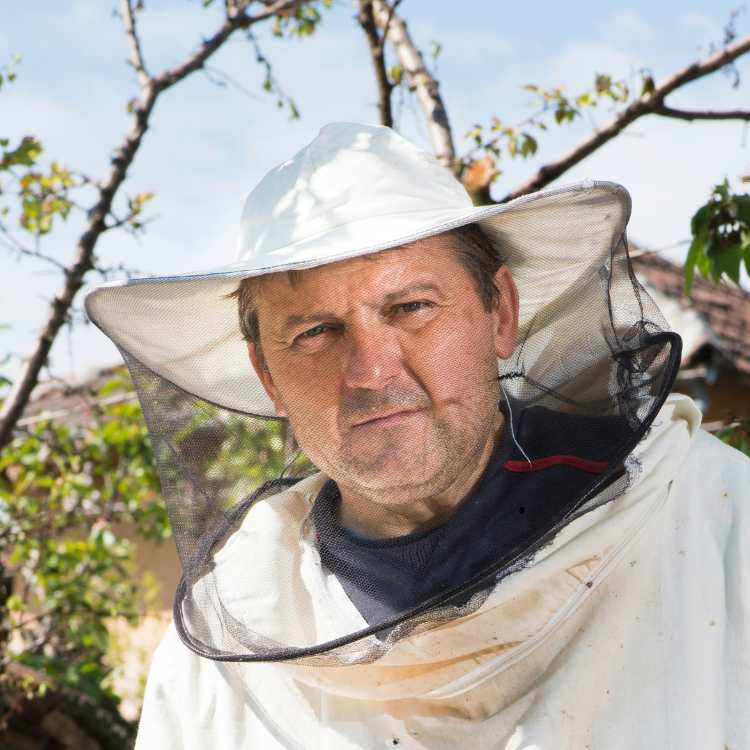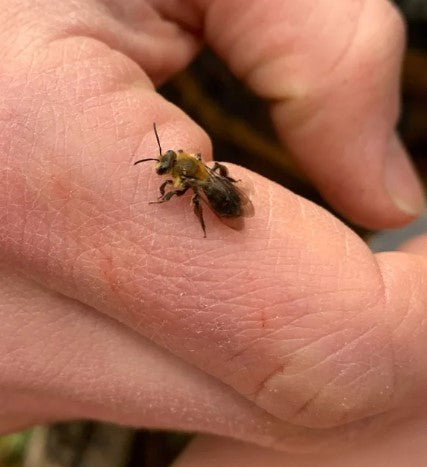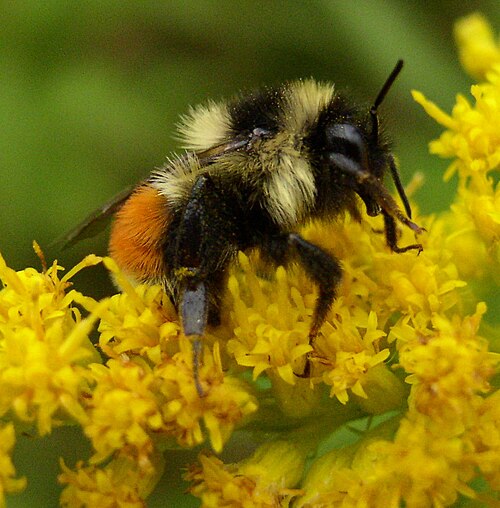Most people don’t think twice about bee poop. But for those curious about how nature works, this can be a real intriguing topic. That tiny yellow splatter on your car? It’s not pollen. It’s not even unprocessed nectar or honey. It’s specifically bee poop. And this can tell a lot about the hive's health. To better understand the science behind bee poop, we have created this comprehensive guide to teach you everything you need to know about bee poop.
Let’s understand the basics of bee digestion, sanitation and what those smelly streaks really mean.
Understanding bee poop
Like every living creature, bees, too, have to get rid of their bodily waste. Bee poop is a yellow, little sticky substance that can often be seen splattered in small dots. It’s not toxic or harmful to humans, though it might leave a little stain. But it’s nothing you can’t get rid off with a good scrubbing.
What is it made of?
Mostly digested pollen, plant pigment, and leftover bits of nectar. Bees do not eat meat or any kind of processed food. Their waste is entirely plant based, and in healthy bees, it doesn’t smell bad. In fact, some queen bee poop during her early days has a surprisingly floral scent (more on that later).
When bees are healthy, their poop is pasty and solid. When they are not? It gets all watery, smelly and spreads fast. Kind of like humans.
How do bees poop?
Bees are tiny creatures, but for such a small size, their digestive system is highly advanced. It is made up of three major parts: the foregut, midgut, and hindgut.
- Foregut: The mouth, esophagus, and the honey stomach make up the foregut.
- Midgut: This is the bee’s real stomach. When it gets hungry, a valve pushes nectar from the honey stomach into the midgut, where digestion and nutrient absorption happen.
- Hindgut: This includes the small intestine and rectum. Waste from the midgut travels here. The rectum reabsorbs as much water as possible from the waste before the bee expels it.
This whole system makes bee poop quite efficient. Nothing is wasted, not even the water.
The rectum sits just above the stinger. When it is time to go, the bee pushes the waste out in one quick motion.

Where do bees poop?
Generally bees handle their business outside the hive. They will take “cleansing flights,” often mid air to relieve themselves without messing up the hive. This keeps the colony clean. The queen, drones, and larvae do not go out. So, yes they poop inside the hive. But the workers are there to clean up.
During the winter, bees hold it in for weeks. Once the weather starts to warm, you will see yellow droppings all around the hive. That is months of bee poop finally being dumped outside.
What does bee poop look like?
When bee poop is fresh, it is yellow and kind of runny. Once it dries, it turns into small yellow dots or streaks. Healthy bee poop does not hve any odor. Sick poop, especially from bees with Nosema or dysentry, smells foul and sticks round, The color may change to darker shades if the bee is dehydrated or fighting infection.
The poop of the queen bee is quite different. Their poop looks different during their first few weeks, yellow-brown and sprayable. They actually use it to fight other queens in a weird kind of poop duel. Once they mature, their poop becomes more solid and darker.
Do bees poop while flying?
Absolutely. The worker bees poop mid air all the time. It is a part of the routine. Especially when foraging. Sometimes you will see streaks under a tree branch or even on your car’s windshield. That might be airborne bee poop in action. They prefer flying dumping to keep the hive clean and sterile.

Can bees get diarrhoea?
Winter is rough on the bees. Holding in poop for too long can give bee dysentery. When that happens, they lose control and the hive gets messy. That mess spreads super fast and stresses out the colony. Nosema is another prominent threat. It is a type of parasite that can wreck the bee’s digestive tract. One infected bee can trigger an outbreak in the hive.
Is bee poop dangerous?
To humans? Not at all. It is just waste. Nothing toxic or infectious. Even poop from a sick bee won’t hurt you. But inside the hive, bad poop can spread disease and ruin the colony. That is why bees are so obsessed with cleanliness.
Final thoughts
While this might seem like a joke to few, understanding the science behind bee poop is essential to maintaining a healthy hive. It is a very prominent health indicator, seasonal signal, and part of the sanitation cycle that keeps colonies thriving.
So, the next time someone asks about bee poop, tell them the truth: bee poop is not dangerous. It is dirty, weird and kind of wonderful
Want to learn more about bees and their amazing world? Follow our full blog for more such intriguing stories.




